The Avalanche Factor by Joe Stock is a recent addition to the avalanche education library. The book is accessible and informative and a reminder of the complexities of traveling safely in the wintertime backcountry.
Book Review: The Avalanche Factor by Joe Stock
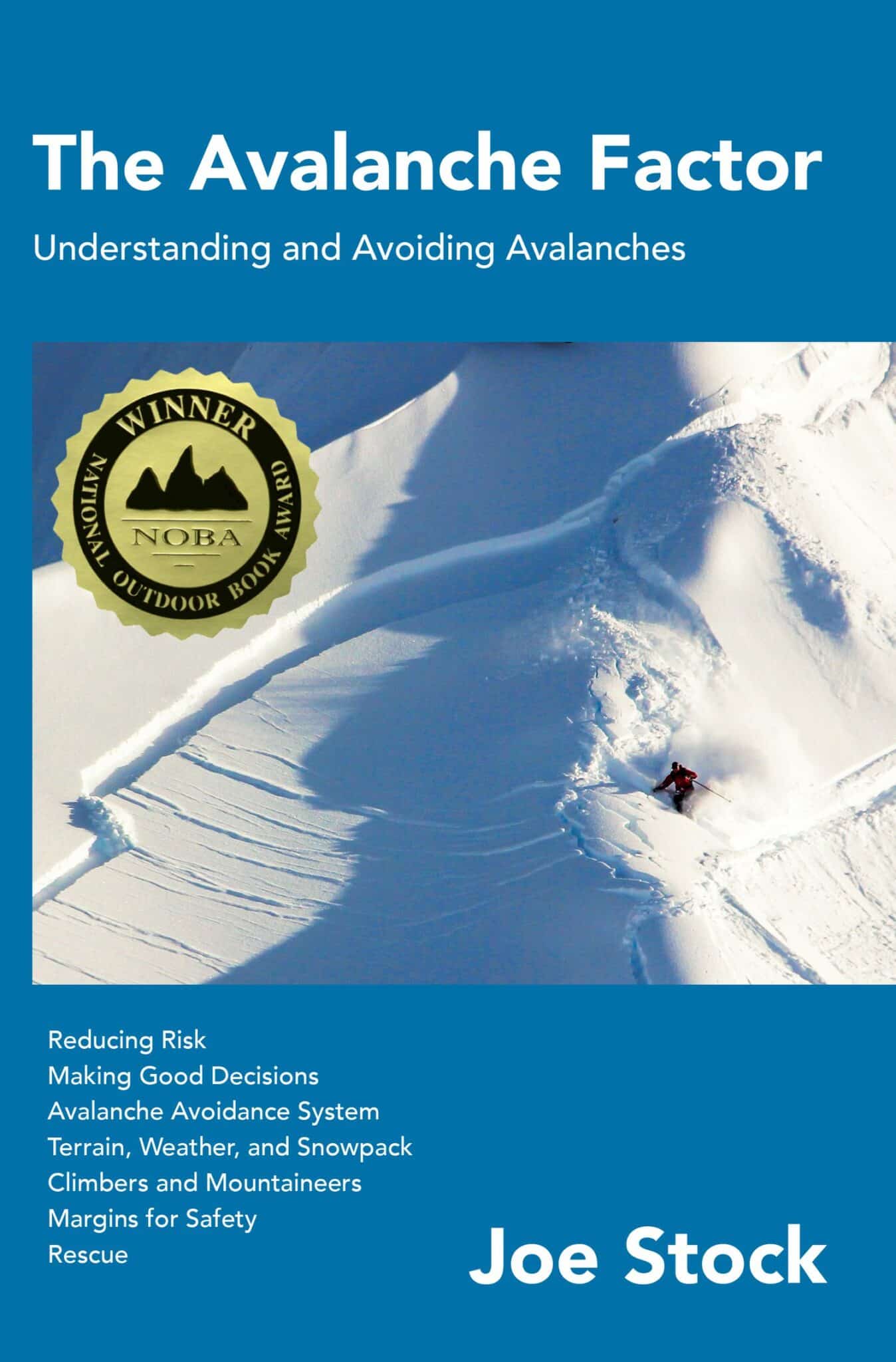
Help us grow. Share it.
Responses
Latest Features
-
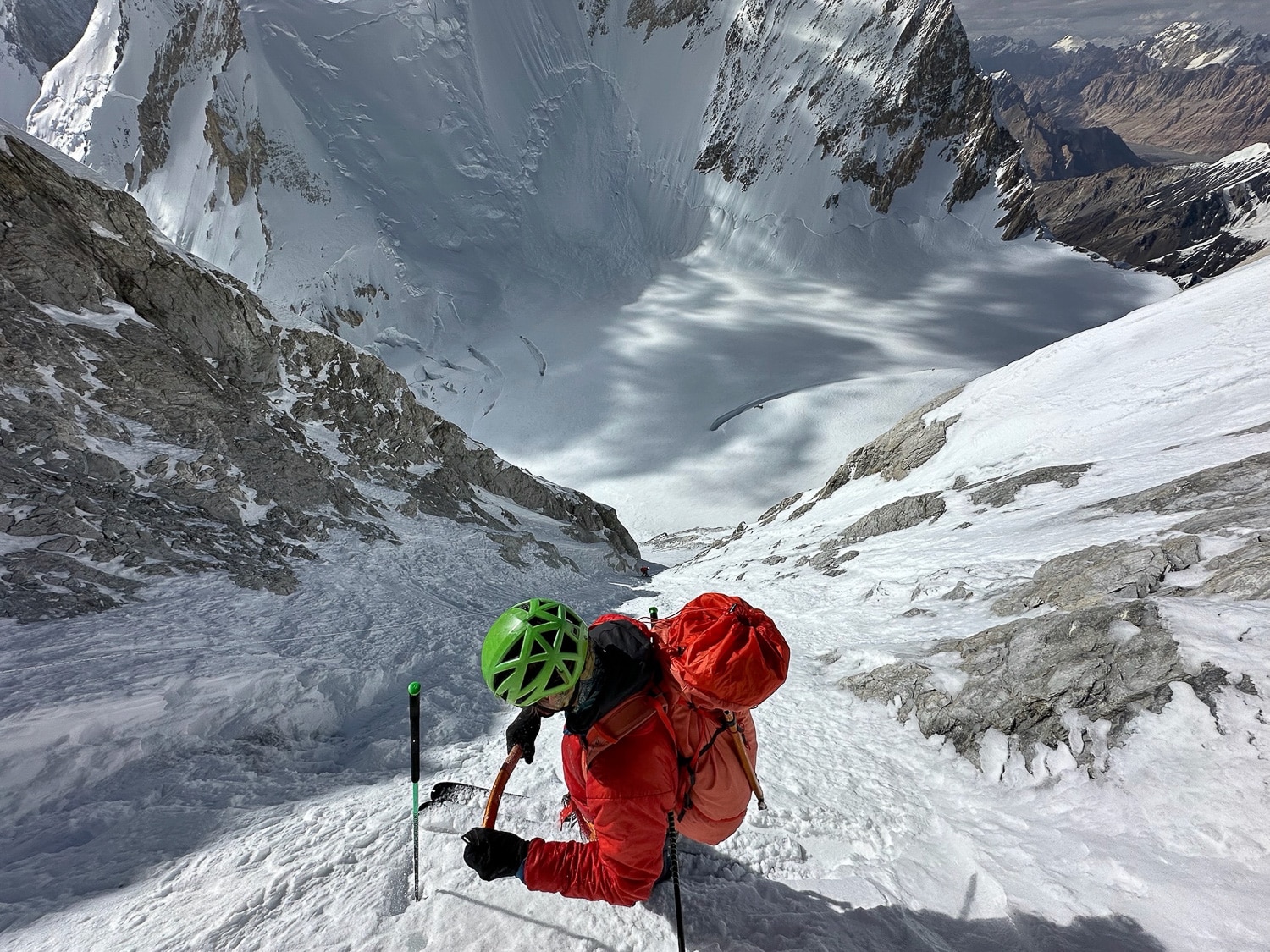
Brendan O'Neill on Gasherbrum I. Photo: Adam Fabrikant
The Mindset Shift
Billy Haas on shifting the mindset when planning for and executing in the bigger mountains.
-
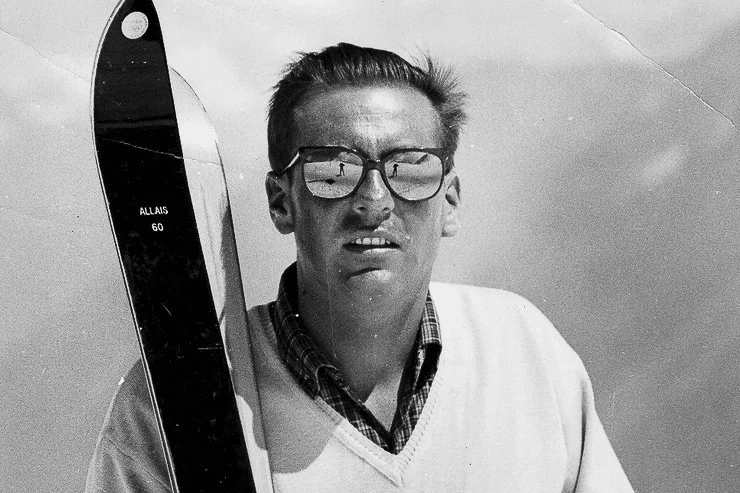
Jean Vuarnet in a signature pair of Vuarnets. Photo: Vuarnet
MEMORIES OF PERFECT GLASS—Vuarnet Ice 01
A review and a walk along memory lane.

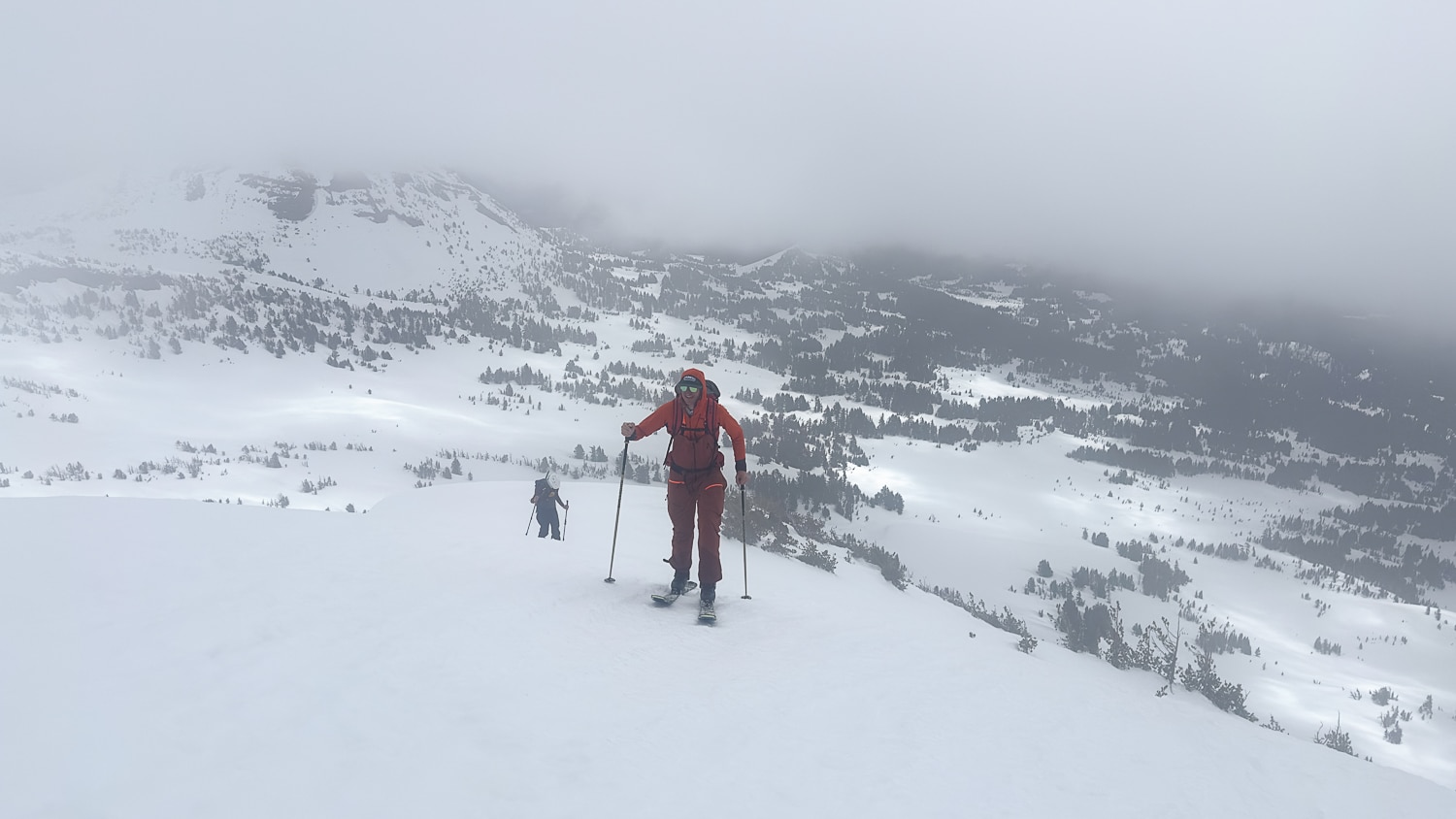
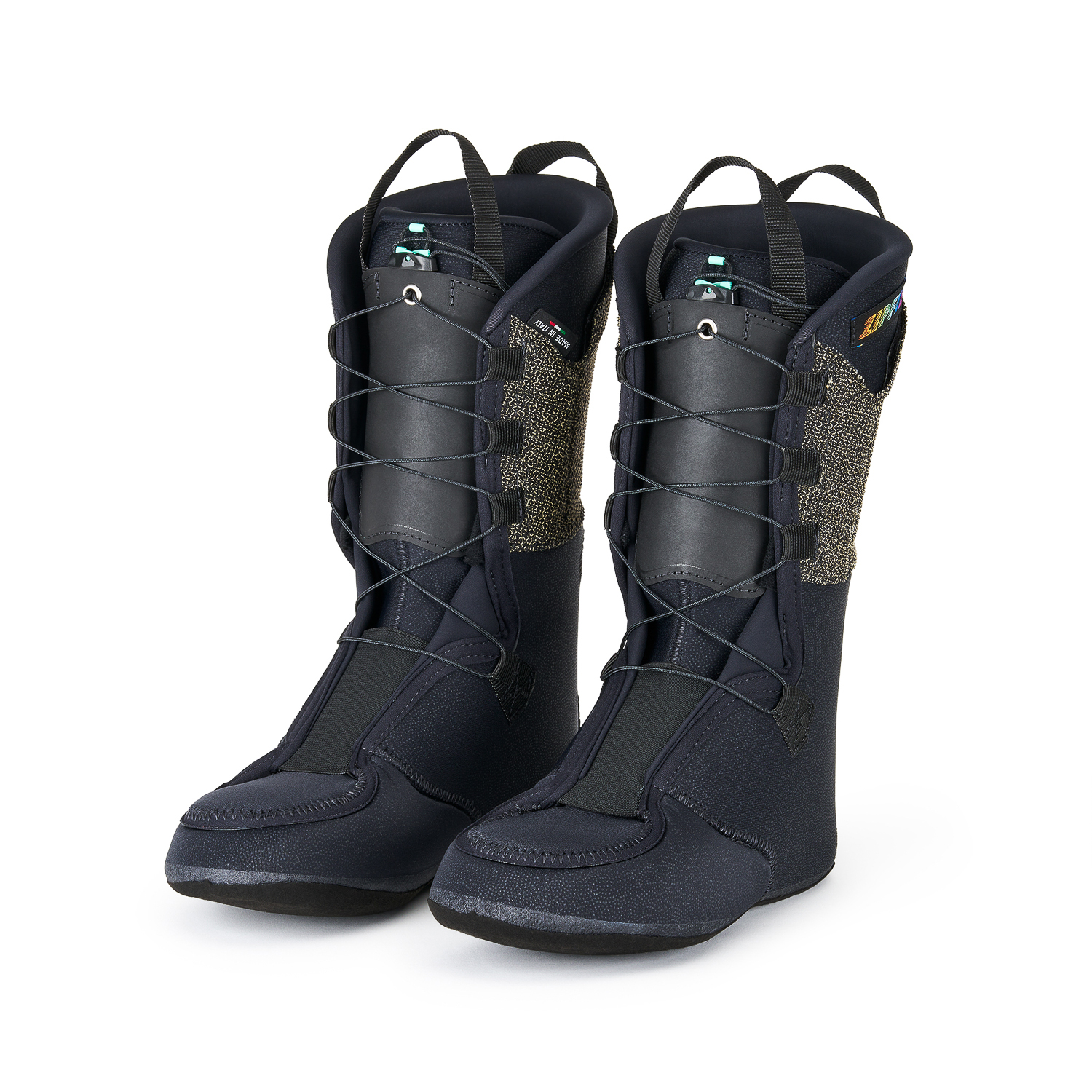
Leave a Reply
You must be logged in to post a comment.